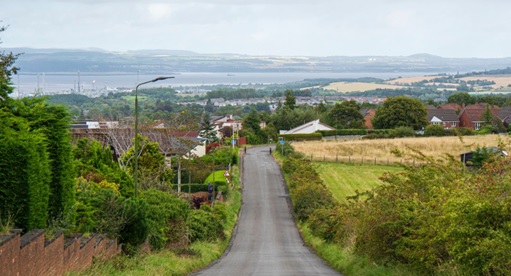Guest blog by Leo Clarke, Consultant & Researcher

With less traffic to contend with, rural roads may seem like easy places to drive, but there are actually a lot of hidden dangers and things that you need to be aware of. To make sure that you are keeping yourself and your loved ones safe, read on for some of our top tips on driving safely on rural roads.
1. Look for signs of road rage
It’s common for people to drive more cautiously on rural roads, especially around bends, which may annoy those behind you who are in a rush. Road rage can easily lead to accidents, so one of the best ways to protect yourself from this is to be aware of how drivers around you are behaving.
Some of the key signs to look out for include speeding, sudden braking, shouting (from other drivers), beeping the horn and tailgating. If you spot these signs while driving on a rural road, do your best to stay calm and let the other driver pass you when it’s safe for them to do so.
2. Be mindful of your speed
Country roads are known to be particularly tricky to navigate, as they are often narrow and winding. As well as this, they can have low visibility (due to limited lamp posts/lights), especially when the weather is bad. The best way to mitigate the risks these factors present is to be particularly mindful of your speed.
Many country roads are the national speed limit of 60 mph, but this doesn’t mean you have to drive this fast all of the time. Drive at a speed that you are comfortable with and make sure you always slow down when approaching a bend.
3. Use caution when overtaking
With plenty of long, straight sections of road, it’s not uncommon for drivers to want to pass other road users who are going slower than them. And while rural roads are usually quieter, you still need to be careful when it comes to overtaking. Try to avoid overtaking where possible, but if you do need to do it, be sure that you can see far enough ahead to know that there is no oncoming traffic. Don’t try to overtake where there are bends or blind spots as this can lead to accidents.
4. Look out for clues
There are some natural clues around country roads which indicate that you need to be especially careful. For example, if you see skid marks or a broken fence, it is likely that this was caused by a recent accident. To avoid being caught out by the same mistakes, be sure to take your time and drive carefully through these areas.
You should also stay vigilant in terms of looking for warning signs and road markings which can give you an idea of what hazards you are going to encounter as you continue on your journey. This might include horses, farm machinery and lower bridges. Being alert and staying aware is the best way to avoid incidents and keep yourself and your passengers safe.
